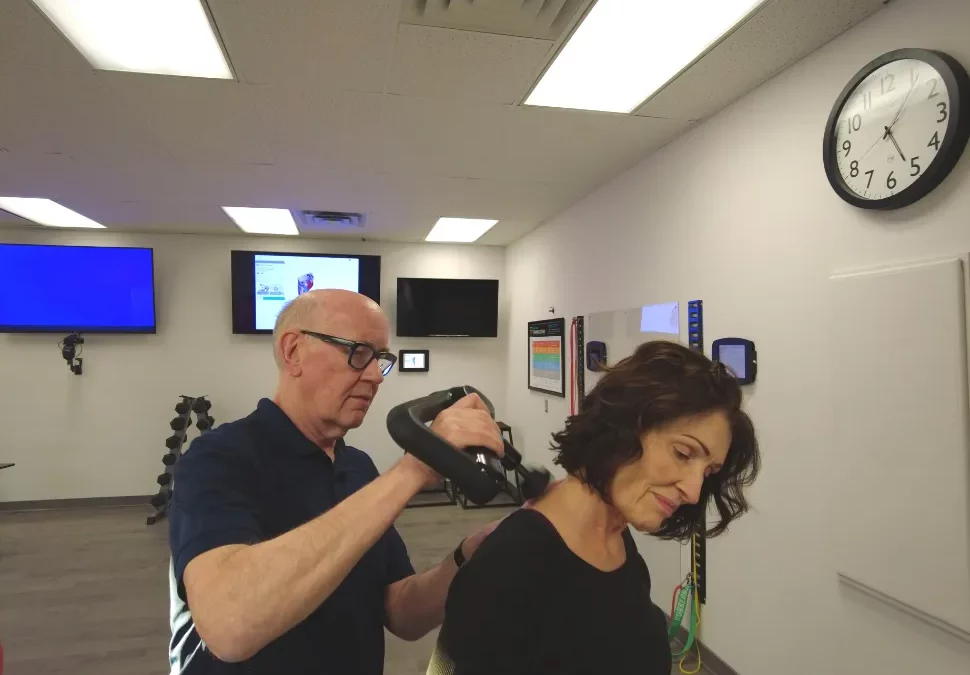
What is Percussion Inhibition?
Percussion inhibition is a technique using low-speed, low-amplitude vibration through a massage gun applied to musculoskeletal junctions to calm down hyperactive or guarded muscles. It targets the neuromuscular reflex arcs that maintain chronic tension, particularly in areas prone to postural overload.
Historical Background
Vibrational therapy began in the early 20th century with mechanical oscillators and has evolved with technology into today’s percussive tools like Hypervolt and Theragun. Initially used in clinical rehab, they’re now a staple in fitness recovery routines.
Why the Tissue Needs This
Overactive muscles often compensate for under-recruited ones. This leads to excessive tone, poor movement sequencing, and joint stress. The upper traps, erector spinae, and calves are common areas that lock down due to emotional, postural, or training-related stress.
Mechanism of Action
Applying vibration stimulates sensory input from Ruffini endings and Golgi tendon organs, promoting autogenic inhibition and suppressing excessive muscle firing. It also decreases sympathetic arousal and improves parasympathetic activity—ideal before stretching or corrective movement.
Practical Tips
- Apply over the muscle belly near the tendon for 60–90 seconds.
- Keep the gun still and don’t dig—this is about relaxation, not deep penetration.
- Best before mobility work or at the end of a stressful day.
Everyday Applications
- Office workers can use percussion to release tight neck and shoulder muscles before bed.
- People with chronic low back stiffness can inhibit spinal erectors to reintroduce neutral spine motion.
- Anyone dealing with tension headaches may benefit from upper trap and suboccipital inhibition.
Scientific References:
- Weerapong, P., Hume, P. A., & Kolt, G. S. (2005). Mechanisms of massage on recovery. Sports Medicine.
- Cheatham, S. W., Kolber, M. J., Cain, M., & Lee, M. (2019). The efficacy of percussion therapy on pain and ROM. JBMT.
- Lythgo, N. D., & Eser, P. (2009). Whole body vibration dosage and physiological response. European Journal of Applied Physiology.



